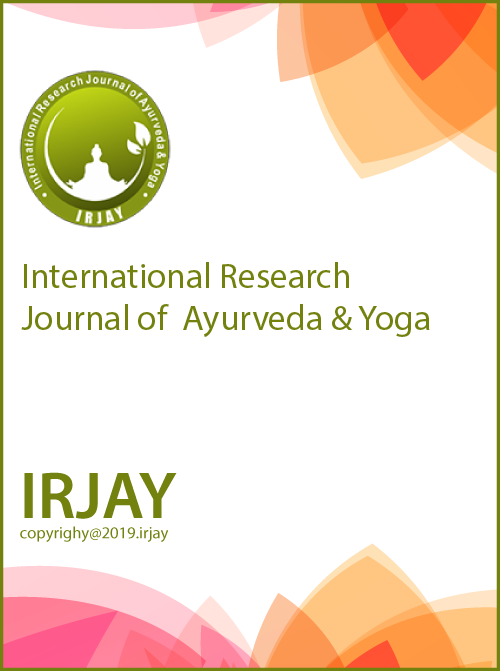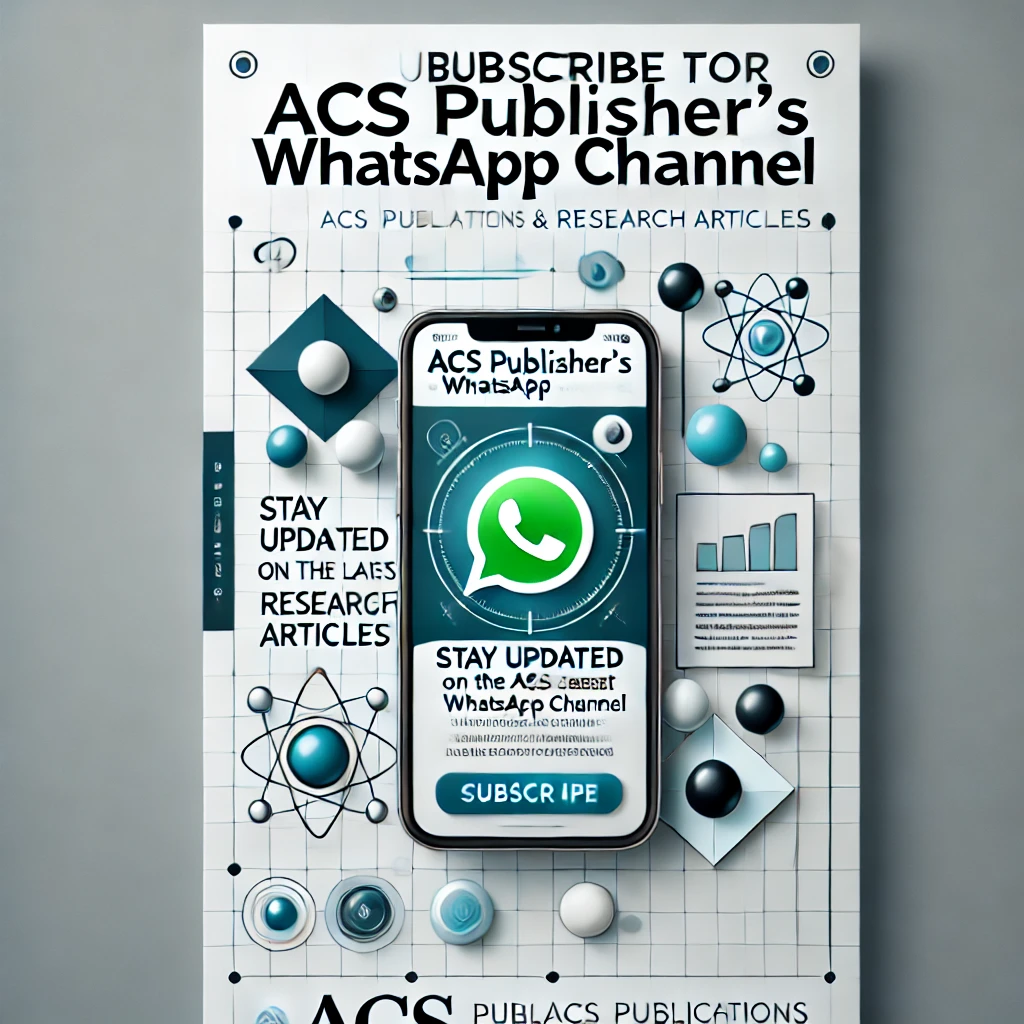A Review of Arshoghna Mahakashaya in the Charaka Samhita
DOI:
https://doi.org/10.48165/IRJAY.2024.71107Keywords:
Ano-rectal diseases, pradhana dravyas, Tikta, Katu, Kashaya rasa, Arshoghna mahakashayaAbstract
Arsha, one of the most prevalent ano-rectal disorders, can manifest at any stage of life and is extensively described in Ayurvedic literature. These texts elucidate its etiology, pathology, symptomatology, classifications, and therapeutic approaches. Arsha denotes the abnormal proliferation of muscle tissue in various forms that arise in the rectum and adjacent areas, often as a consequence of imbalances in the doshas associated with the skin, muscle, and adipose tissues. Manifesting at the opening of the guda marga (anal passage), Arsha can be as problematic as an adversary, even in its mildest manifestations, leading to considerable discomfort and distress. The Mahakashaya, an Ayurvedic classification of medications based on their therapeutic actions (Karmas), provides valuable insights into the management of Arsha. Acharya Charaka categorizes Arsha into two types: Ardra (wet) and Shushka (dry). In the Charaka Samhita, Sutrastana, Chapter 4, the Arshoghna Mahakashaya group enumerates ten potent herbs known for their efficacy in the management of Arsha. These herbs include Kutaja, Bilva, Chitraka, Shundi, Ativisha, Abhaya, Dhanvayasa, Daruharidra, Vacha, and Chavya. Each plant in this category possesses specific Rasa (taste), Guna (qualities), Veerya (potency), and Vipaka (post-digestive effect), which collectively contribute to its therapeutic efficacy against Arsha. In the treatment of Arshas, Tikta, Katu, and Kashaya rasa pradhana dravyas are of critical importance. These medications are classified based on their pharmacological properties, thereby offering targeted relief to individuals affected by this condition.
Downloads
References
Verma, S., & Saraswath, V. (2020). A review on Charakoktha Arshoghna Mahakashaya and its efficacy in Ardra and Shushka Arsha. World Journal of Pharmaceutical and Medical Research, 8(9), 82–85.
Kumari, R. M., Singh, C., Adlakha, M. K., & Purvia, R. P. (n.d.). A review article on the role of Arshoghna Mahakashaya in the treatment of Sushka Arsha.
Sreekanthamurthy, K. R. (2013). Madhava Nidanam (Vol. 1, Chapter 5/4). Varanasi: Chaukhambha Orientalia.
Patil, V. C., & Rajeshwari, N. M. (2018). Susrutha Samhita Nidanasthana (Vol. 2, Chapter 2/4). Varanasi: Chaukhambha Publications.
Sastri, K. (2013). Charaka Samhita Chikitsa Sthana (Chapter 14/9). Varanasi: Chaukhambha Surbharati Prakashan. 6. Patil, V. C., & Rajeshwari, N. M. (2018). Susrutha Samhita Nidana Sthana (Chapter 2/8). Varanasi: Chaukhambha Publications.
Patil, V. C., & Rajeshwari, N. M. (2018). Susrutha Samhita Nidana Sthana (Chapter 2/14). Varanasi: Chaukhambha Publications.
Sastri, K. (2013). Charaka Samhita Chikitsa Sthana (Chapter 14/6). Varanasi: Chaukhambha Surbharati Prakashan. 9. Sastri, K. (2013). Charaka Samhita Chikitsa Sthana (Chapter 14/32). Varanasi: Chaukhambha Surbharati Prakashan. 10. Shashirekha, H. K., & Bargale, S. (2020). Charaka Samhita Chikitsa Sthana (Chapter 4/12). Varanasi: Chaukhambha Publications.

